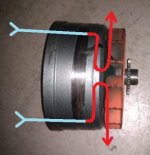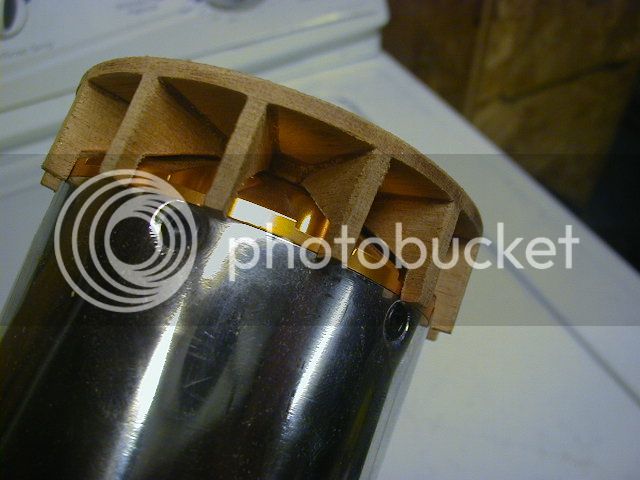I have seen somewhere in a forum that someone installed mini computer fans inside his huge 10k motorcycle
hub motor and drilled a few holes in the hub motor sides and said that it never over heated on him.
I was wondering if it will work without drilling holes in the hub, what do you think?
Also, Do you think i can fit two or three 4cm square fans inside a 1500w motor? (never had it open)
Next question, When people upgrade the phase wires to thicker ones, why don't they upgrade the hall
wires? they are extremely thin, don't they burn?
I need power for my 12v temperature monitor and i was told to use a DC/DC converter.
I checked on ebay and there are plenty that cost about $2.5 but they say that the output is 4.5v to 30v
but there is no knob or switch to set it to a fixed voltage...How does that work? Here is a link to one:
http://www.ebay.com/itm/60V-Input-D...801?pt=LH_DefaultDomain_0&hash=item43bde15bf9
Last question, Do you guys know if the cycle analyst temperature indicator can be programmed to beep
at a certain temperature level?
Roy.
hub motor and drilled a few holes in the hub motor sides and said that it never over heated on him.
I was wondering if it will work without drilling holes in the hub, what do you think?
Also, Do you think i can fit two or three 4cm square fans inside a 1500w motor? (never had it open)
Next question, When people upgrade the phase wires to thicker ones, why don't they upgrade the hall
wires? they are extremely thin, don't they burn?
I need power for my 12v temperature monitor and i was told to use a DC/DC converter.
I checked on ebay and there are plenty that cost about $2.5 but they say that the output is 4.5v to 30v
but there is no knob or switch to set it to a fixed voltage...How does that work? Here is a link to one:
http://www.ebay.com/itm/60V-Input-D...801?pt=LH_DefaultDomain_0&hash=item43bde15bf9
Last question, Do you guys know if the cycle analyst temperature indicator can be programmed to beep
at a certain temperature level?
Roy.



